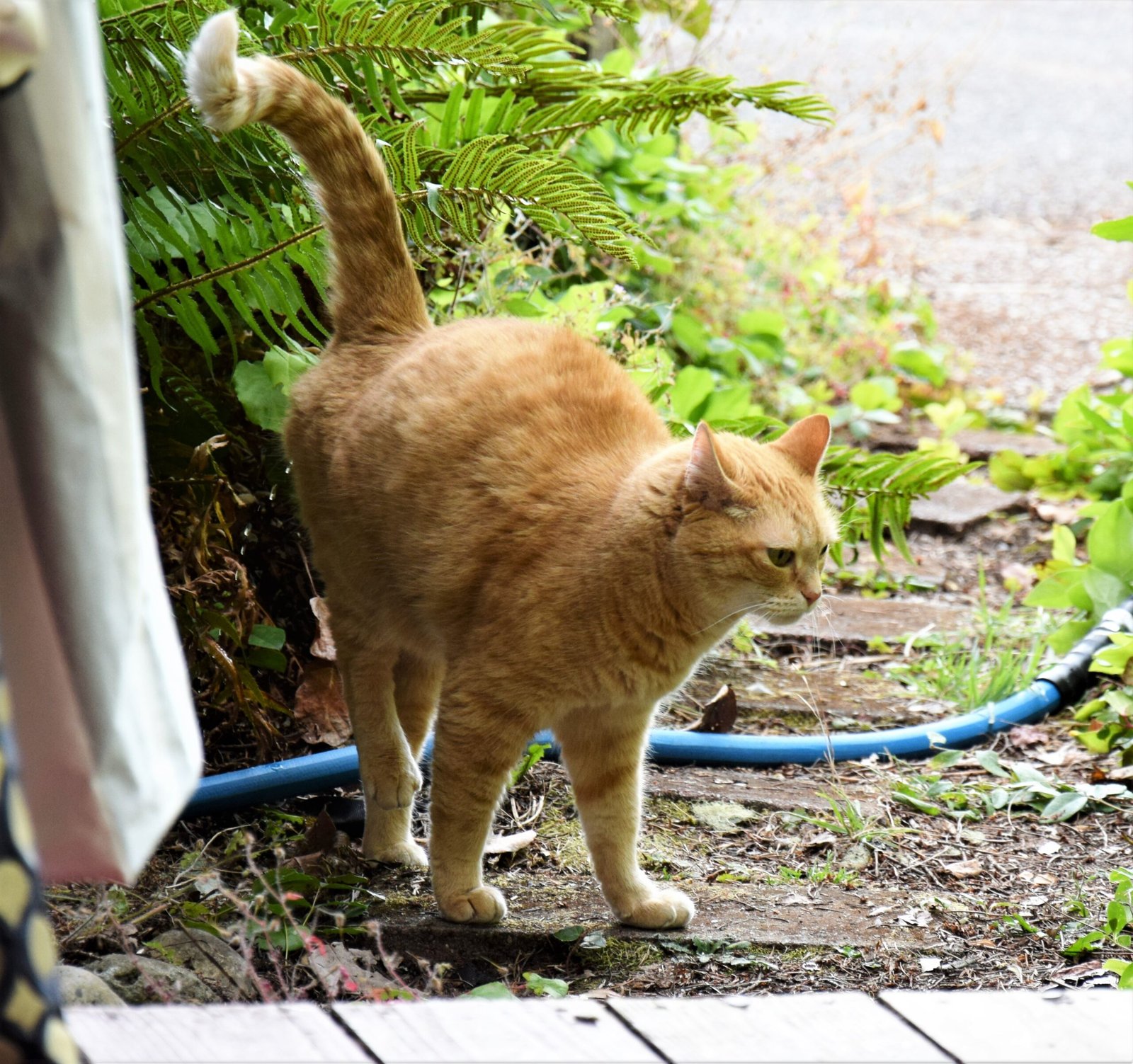Introduction
As cat owners, it’s not uncommon to find ourselves puzzled by our feline friends’ behavior. Cats have a unique way of communicating and expressing themselves, and deciphering their actions can sometimes feel like solving a complex puzzle. In this guide, we will explore some common feline behaviors and provide insights into what they might mean.
1. Purring
Purring is perhaps one of the most well-known and beloved behaviors exhibited by cats. It’s often associated with contentment and relaxation. However, cats also purr when they are anxious or in pain. Understanding the context in which your cat purrs can help you determine their emotional state.
2. Kneading
Have you ever noticed your cat rhythmically pushing their paws in and out against a soft surface? This behavior, known as kneading, is reminiscent of a kitten’s nursing behavior. It’s a sign that your cat is feeling comfortable and secure. Kneading is often accompanied by purring, indicating a state of relaxation.
3. Tail Language
A cat’s tail can be a window into their emotions. A relaxed and loosely hanging tail usually indicates a calm and content cat. On the other hand, a tail held high and straight up signifies confidence and excitement. A puffed-up tail is a clear sign of fear or aggression, and a tail tucked between the legs indicates anxiety or submission.
4. Scratching
Scratching is a natural behavior for cats that serves several purposes. It helps them maintain their claws, stretch their muscles, and mark their territory. Providing your cat with appropriate scratching posts and regularly trimming their claws can help redirect this behavior and protect your furniture.
5. Zoomies
Zoomies, also known as the “cat crazies,” refer to sudden bursts of energy and playful behavior exhibited by cats. This often involves running, jumping, and chasing imaginary prey. Zoomies are a normal part of a cat’s behavior and are usually triggered by pent-up energy or excitement. Providing interactive toys and playtime can help satisfy their need for physical activity.
6. Kitten-like Behavior in Adult Cats
It’s not uncommon for adult cats to display behaviors typically associated with kittens. This can include kneading, suckling on blankets, or carrying around toys. These behaviors are often a sign of comfort and contentment, and they may be a result of early weaning or a strong bond with their owner.
7. Hissing and Growling
Hissing and growling are defensive behaviors exhibited by cats when they feel threatened or afraid. It’s their way of warning potential aggressors to keep their distance. If your cat displays these behaviors, it’s essential to give them space and allow them to feel safe. Trying to force interaction may escalate the situation and lead to aggression.
Conclusion
Understanding feline behavior is a continuous learning process. Each cat has its unique personality and quirks, and it’s important to pay attention to their individual cues and body language. By observing and interpreting their behaviors, we can deepen our bond with our feline companions and provide them with the care and understanding they need.

